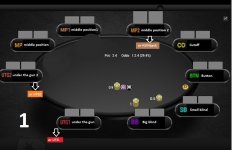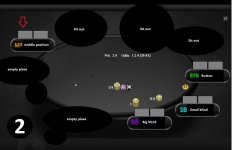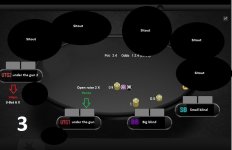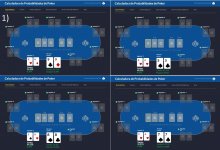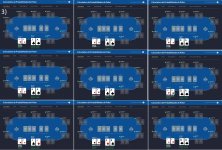I Live Poker
Legend
Platinum Level
You parachuted into an FT and 3-handed and BB Villain squezze 22 vs BT who had made 4x preflop and you had 55 and folded quickly but realized it was +EV because BT insta pushed AA.
If you didn't understand anything I said, you're in the right topic!:joyman::vroam:
Topic intended to meet the needs of players who are parachuting into the magical world of poker and would like to interact more, but sometimes have their ability to express themselves and cognition compromised by simple abbreviations that prevent interaction.
I will be releasing content in Portuguese on the topic: https://www.cardschat.com/forum/intros-foreign-languages-8/portuguese-t-pico-em-portugu-s-384093/
For those who need or have a lot of difficulty with translations.
Thank you ! Hope this helps!:icon_thum
If you didn't understand anything I said, you're in the right topic!:joyman::vroam:
Topic intended to meet the needs of players who are parachuting into the magical world of poker and would like to interact more, but sometimes have their ability to express themselves and cognition compromised by simple abbreviations that prevent interaction.
I will be releasing content in Portuguese on the topic: https://www.cardschat.com/forum/intros-foreign-languages-8/portuguese-t-pico-em-portugu-s-384093/
For those who need or have a lot of difficulty with translations.
Thank you ! Hope this helps!:icon_thum
Attachments
Last edited:





